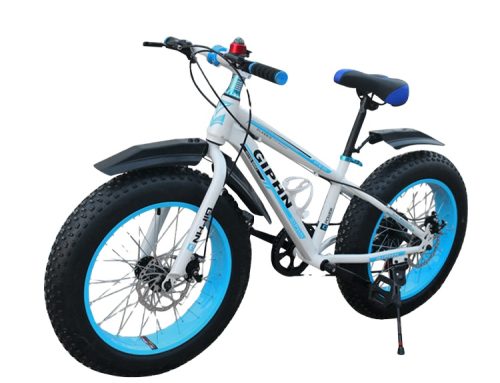Riding a bike during pregnancy can be a topic of debate, and it’s essential to prioritize safety and comfort for both you and your baby. Before continuing or starting any cycling routine during pregnancy, it’s important to consult your healthcare provider to ensure that it’s safe for your specific situation. Here are some considerations regarding bike seats and riding comfort during pregnancy:
1. Health and Safety:
- Always consult your healthcare provider before continuing or starting any exercise routine, including cycling, during pregnancy.
- Your healthcare provider can give you guidance based on your medical history, the stage of your pregnancy, and any potential risks or complications.
2. Riding Position:
- An upright riding position is generally more comfortable and suitable for pregnant women.
- Avoid leaning forward excessively, as this could put pressure on your abdomen.
3. Bike Seat Comfort:
- Choose a bike seat that offers good cushioning and support. Gel or memory foam padding can provide additional comfort during rides.
- Opt for a saddle with a cutout or channel to reduce pressure on sensitive areas.
4. Seat Height:
- Adjust the seat height to ensure that your knees are comfortable during pedaling and that you’re not straining your hips.
5. Handlebar Height:
- Ensure that the handlebars are at a comfortable height to avoid unnecessary strain on your back and shoulders.
6. Terrain and Speed:
- Choose smooth, flat routes for your rides to minimize jarring impacts and reduce the risk of falls.
- Avoid high speeds, sudden stops, and sharp turns that could increase the risk of accidents.
7. Hydration and Breaks:
- Stay well-hydrated and take regular breaks during your ride to rest and relax.
8. Clothing and Accessories:
- Wear comfortable, breathable clothing that allows for movement and flexibility.
- Consider wearing a supportive maternity belly band if it helps alleviate discomfort.
9. Listening to Your Body:
- Pay close attention to how your body feels during and after riding. If you experience any discomfort, pain, or unusual sensations, stop immediately and consult your healthcare provider.
10. Alternative Exercise:
- Depending on your health and fitness level, walking, swimming, and prenatal yoga might be safer and more comfortable forms of exercise during pregnancy.
Remember that every pregnancy is unique, and your healthcare provider’s advice is crucial. Cycling during pregnancy should be approached with caution, and it’s important to prioritize the safety of both you and your baby. If you’re given the green light to cycle, take it slow, stay within your comfort zone, and listen to your body’s signals.





